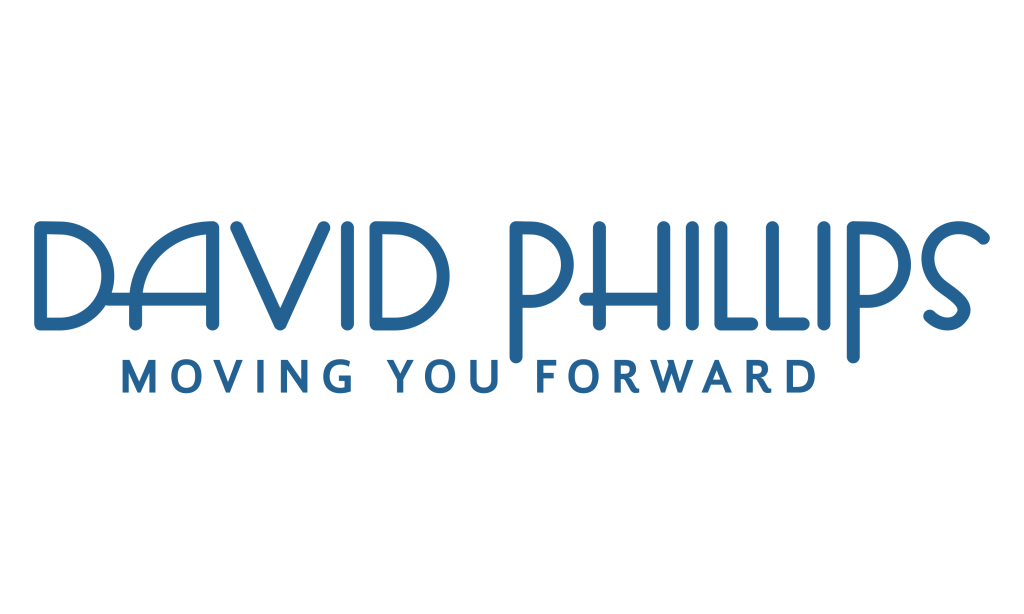
Integrity and Thomas Jefferson Discover the Secrets to Balancing Style with Unwavering Principles
“`html
The Integrity of Leadership: Balancing Style and Principle
Imagine a leader who always “goes with the flow,” changing their style to match every new trend. At first glance, they seem adaptable and in tune with their team, but what happens when their core values wobble with each shift? This scenario challenges the conventional wisdom that flexibility and integrity always go hand in hand.
In the world of leadership, maintaining integrity while being flexible can feel like walking a tightrope. Leaders often face the dilemma of adapting to new situations without compromising their steadfast principles. So, how can leaders navigate this balance effectively?
Let’s dive into the dual nature of style and principle, and explore how leaders can uphold their values while staying adaptable and responsive to change.
Understanding the Dual Nature of Style and Principle
Style in leadership is all about how you present yourself and interact with others. It includes your communication methods, decision-making processes, and even your aesthetic choices. On the other hand, principles are the unwavering beliefs that guide your actions and decisions.
Balancing style and principles means finding harmony between being adaptable and staying true to your core values. For instance, a leader might embrace a casual dress code to create a more relaxed work environment, but still uphold strong ethical standards in all business dealings.
This duality is crucial because while style can evolve with trends and new insights, principles provide the stability and foundation necessary for consistent and trustworthy leadership.
Adapting to Trends Without Compromising Values
Leaders often need to adapt to new trends to stay relevant and effective. However, it’s essential to do so without sacrificing your core values. For example, adopting new technologies can improve efficiency, but it shouldn’t come at the expense of data privacy and security.
Consider a company leader who decides to implement a flexible work-from-home policy. This trend can increase employee satisfaction and productivity, but it’s important to maintain clear communication and accountability to uphold organizational integrity.
By selectively embracing trends that align with their values, leaders can stay modern and responsive while ensuring that their actions reflect their steadfast principles.
Flexibility in Aesthetic Choices
Aesthetic choices, such as dress code, office design, and branding, play a significant role in how leaders are perceived. Being flexible in these areas allows leaders to connect with diverse teams and adapt to different environments.
For instance, a leader might choose a more casual style when working with a creative team to foster an open and innovative atmosphere, while adopting a more formal appearance in high-stakes business meetings to convey professionalism and authority.
This flexibility in aesthetics doesn’t mean compromising on principles. Instead, it demonstrates a leader’s ability to adapt their style to suit the context while maintaining their underlying integrity.
The Importance of Consistency in Core Beliefs
While flexibility is vital, consistency in core beliefs ensures that a leader remains trustworthy and reliable. When leaders consistently uphold their principles, they build a strong foundation of trust with their team and stakeholders.
Take the example of a leader who prioritizes honesty. Even when faced with challenging situations, they remain transparent and truthful, reinforcing their commitment to ethical standards.
This consistency not only strengthens the leader’s reputation but also creates a stable and predictable environment where team members feel secure and supported.
Balancing Conformity and Individuality in Style
Leadership often requires balancing conformity with individuality. While it’s important to align with organizational culture and societal norms, maintaining individuality allows leaders to bring unique perspectives and creativity to their roles.
For example, a leader might follow the company’s professional dress code to show respect and unity but incorporate personal touches, like a signature accessory, to express their individuality.
This balance ensures that leaders can fit into their environment without losing their personal identity, fostering both cohesion and innovation within their teams.
Resilience in Upholding Ethical Standards
Upholding ethical standards often requires resilience, especially in the face of pressure to compromise. Leaders with strong integrity remain steadfast in their values, even when it’s difficult.
Consider a leader who discovers unethical practices within their organization. Resilient leaders take decisive action to address the issue, demonstrating their commitment to ethics and setting a strong example for their team.
This resilience not only preserves the leader’s integrity but also reinforces a culture of honesty and accountability within the organization.
Navigating Social Expectations Through Style
Social expectations can influence how leaders present themselves and make decisions. Navigating these expectations with integrity involves aligning your actions with your values while respecting societal norms.
For instance, during a crisis, a leader might choose to communicate transparently and empathetically, meeting social expectations for compassion and responsibility without deviating from their commitment to honesty.
By thoughtfully managing social expectations through their style, leaders can maintain their integrity and effectively guide their teams through various challenges.
The Role of Style in Personal and Professional Identity
Style is a powerful tool in shaping both personal and professional identity. It reflects a leader’s personality, values, and approach to leadership, influencing how others perceive and interact with them.
A leader who exudes confidence and grace in their style can inspire trust and admiration, while also establishing a strong personal brand that aligns with their professional goals.
By consciously developing their style, leaders can enhance their identity, making it easier to communicate their values and principles consistently across different settings.
Principles as the Foundation of Decision Making
Principles are the bedrock of effective decision-making in leadership. They provide a clear framework for evaluating options and making choices that align with both personal and organizational values.
For example, a leader who values sustainability will prioritize eco-friendly practices in their business decisions, ensuring that every choice supports their commitment to environmental responsibility.
This principled approach not only guides leaders in making ethical decisions but also reinforces their integrity and sets a positive example for their teams.
Case Studies: Balancing Style and Principle in Various Contexts
Let’s look at some real-world examples of leaders who successfully balance style and principle. One notable case is **Paul Polman**, former CEO of Unilever, who championed sustainability while maintaining a modern and innovative business style.
Polman’s leadership style was characterized by a strong commitment to ethical standards and environmental responsibility. He managed to steer Unilever toward sustainable growth without compromising on his core values, demonstrating resilience and consistency.
Another example is **Satya Nadella**, CEO of Microsoft, who transformed the company culture with his emphasis on empathy and collaboration. Nadella’s adaptable style and steadfast principles have revitalized Microsoft, showcasing how integrity can drive both personal and organizational success.
Conclusion
Integrity in leadership is not about being rigid or unyielding; it’s about finding the right balance between flexibility and steadfastness. By understanding the dual nature of style and principle, adapting to trends without compromising values, and maintaining consistency in core beliefs, leaders can navigate the complexities of modern leadership with grace and composure.
Remember, true leadership integrity lies in the ability to adapt and evolve while staying true to your core values. It’s this balance that fosters trust, resilience, and harmony within your team and organization.
Ready to strengthen your leadership integrity? Start by reflecting on your core values and evaluating how your current style aligns with them. Share your experiences and thoughts in the comments below—we’d love to hear how you balance flexibility and integrity in your leadership journey!
“`




